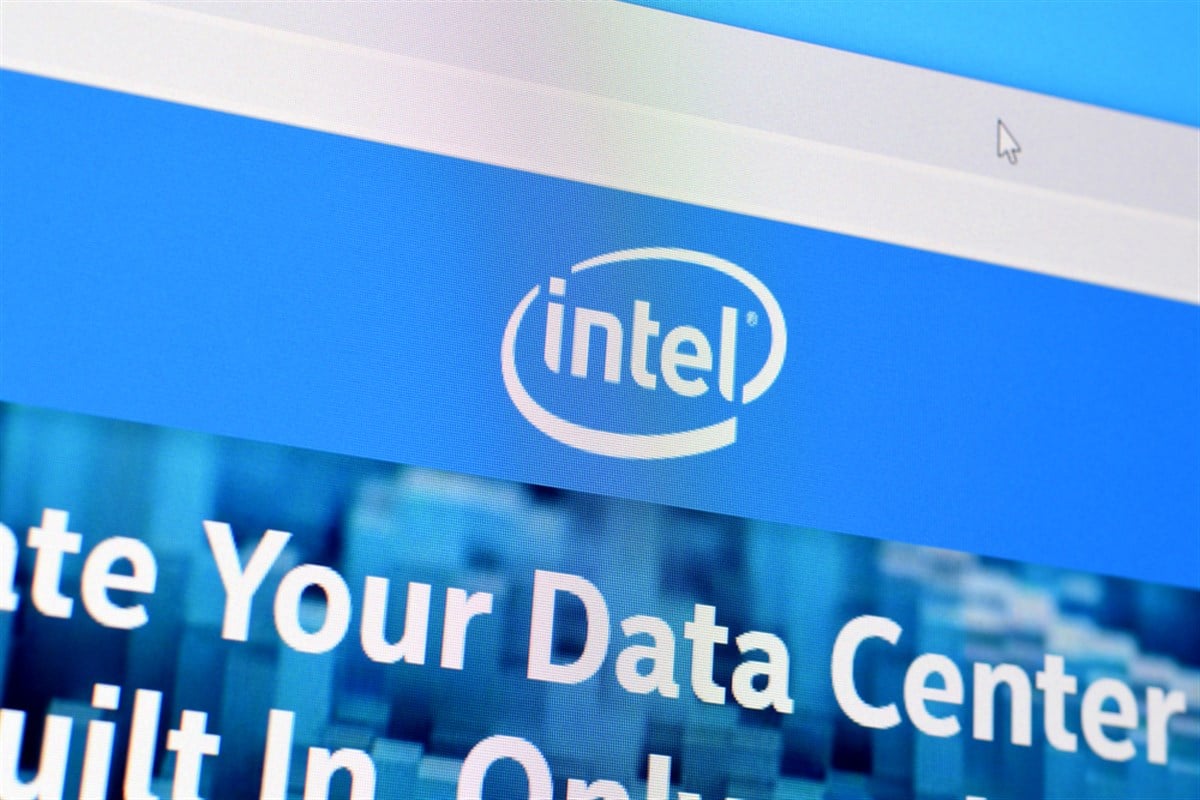
Despite being on the back foot since the first week of January, shares of Intel Corporation (NASDAQ: INTC) took things to a whole new level last week. For investors, this will be a disappointing, though perhaps not all that surprising, turn of events.
The tech titan, if it can still be called that, considering its shares are back trading at 1997 levels, has long struggled to keep up with the newer kids on the block. Its 100% rally through last December was decent by Intel's standards but paled compared to the 300% thrown down by the likes of NVIDIA Corporation (NASDAQ: NVDA).
And while the semiconductor and chip industry as a whole, including NVIDIA, has been softening since June, Intel was sliding hard as far back as April. But it was when the rest of the market started to sell off in the middle of last month, Intel investors started aggressively heading for the exit.
Bearish Update for Intel
Their caution was more than justified last week after Intel reported its Q2 earnings. Not only did the company miss analyst expectations for both its headline numbers, but Intel also announced what are effectively emergency cash-saving measures, such as suspending its dividend and laying off more than 15% of its workforce. That amounted to more than 15,000 workers, which, even after years of redundancies in the tech sector, far outweighed anything that had come before it.
Fingers were pointed at what CFO David Zinsner called "gross margin headwinds from the accelerated ramp of our AI PC product, higher than typical charges related to non-core businesses and the impact from unused capacity." But the market didn't care, and a 25% gap down at the next open said as much. At yesterday's intraday low, Intel had shed more than 35% in just three sessions and fallen to its lowest level since 2012. As mentioned above, this also meant the stock was back trading at the same price as when Clinton started his second term.
Intel's AI Ambitions and Recent Challenges
For a company that was, after years of underperformance, finally meant to have been turning things around and riding the artificial intelligence (AI) wave back to the forefront of the tech industry, it's a sorry turn of events. But while it's not hard to imagine many investors turning their back on Intel for good after this past week, that doesn't mean there isn't money to be made in the midst of this implosion.
There are several reasons to think that, while undoubtedly violent and fairly justified, the current selloff is also starting to look overdone. Intel's Relative Strength Index (RSI) is, at just 16, at its lowest level since October 1987. That's right; you have to go back to Black Friday to find a time when Intel shares were, by this measure, at least more oversold. Interestingly, the stock also hit a low then and only went up from there, doubling in less than a year.
Why Intel's Current Valuation Might Attract Risk-Averse Investors
Backing up this sense of being oversold is the fact that many of the refreshed price targets from analysts over the past week have price targets way above last night's closing price of $20. Barclays, for example, reduced theirs to $25, while UBS Group moved theirs down to $32. There's no doubt that Intel has once again seriously disappointed its investors, but there's also a strong argument to be made that, once again, the stock is extremely oversold.
Northland Securities reiterated its Outperform rating and tempting $42 price target. This indicates a potential upside of more than 100%, an outlook that should interest even the most risk-averse investor.